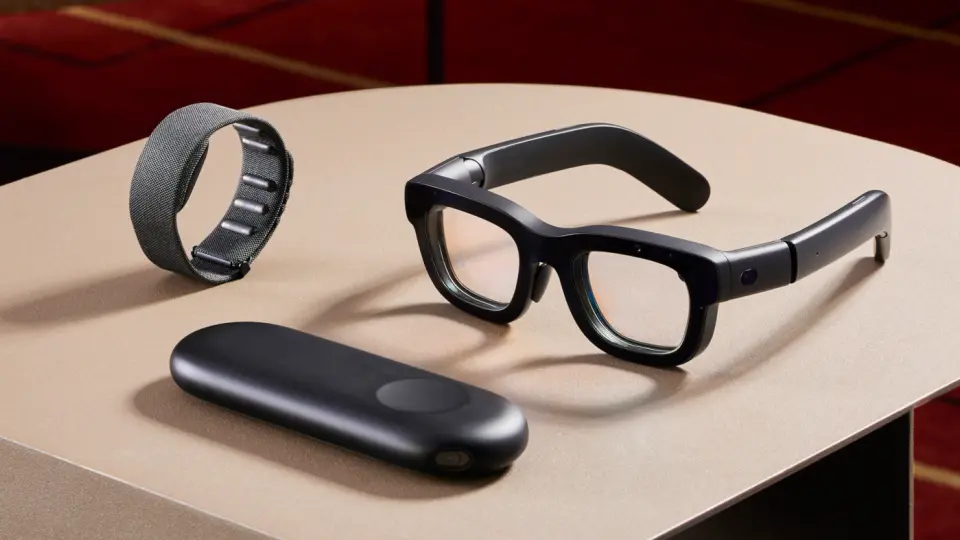15 Examples of the Use of Augmented Reality (AR) in Sport
Posted on April 4, 2023 4 minutes 759 words
Table of contents
- 1. Virtual coaching and training*
- 2. Injury prevention and rehabilitation
- 3. Fan engagement
- 4. Smart sports equipment
- 5. Tactical analysis and strategy development
- 6. Virtual sports events
- 7. Fitness and exercise apps
- 8. eSports and gaming
- 9. Wearable AR devices
- 10. Social media and sports
- 11. Sports analytics and data visualization
- 12. Stadium and venue enhancements
- 13. Sports journalism and storytelling
- 14. Sports marketing and sponsorship
- 15. Accessible sports experiences
- Conclusion
Augmented reality (AR) has the power to revolutionize various industries, and sports is no exception. By overlaying digital information onto the real world, AR offers athletes, coaches, and fans a new way to engage with and enhance their sporting experiences. In this blog post, we’ll explore 15 real-world examples of how AR is changing the sports landscape.
1. Virtual coaching and training*
AR technology, like the STRIVR platform, provides athletes with virtual guidance and feedback during practice sessions. By simulating game-like situations, athletes can improve their skills and decision-making in a more immersive environment.
2. Injury prevention and rehabilitation
The Gait Up system uses AR to analyze and correct athletes’ movements, helping prevent injuries and assisting in rehabilitation. By providing real-time feedback, athletes can optimize their technique and minimize the risk of injury.
3. Fan engagement
The NFL has embraced AR through its app, which allows fans to access real-time stats, explore stadiums, and even play mini-games. This technology brings a new level of interactivity to the fan experience.
4. Smart sports equipment
Wilson’s Connected Basketball uses AR technology to track and analyze player performance, providing real-time feedback and helping athletes improve their skills.
5. Tactical analysis and strategy development
Solos, an AR headset designed for cyclists, allows coaches and analysts to visualize and devise game strategies using real-time and historical data, helping improve team performance.
6. Virtual sports events
Zwift, a virtual cycling platform, uses AR to create realistic race experiences, allowing users from around the world to compete against one another in a gamified environment.
7. Fitness and exercise apps
Pokémon GO, an AR-based mobile game, encourages users to explore the real world while catching virtual creatures. This gamification of exercise has been credited with promoting physical activity among its players.
8. eSports and gaming
HADO, an AR sport that combines dodgeball and video games, enhances eSports competitions by integrating real-world elements, creating a more immersive and engaging experience for both players and spectators.
9. Wearable AR devices
Google Glass and other smart glasses have been tested in sports performance and training, providing athletes with real-time information, feedback, and coaching to help them improve their skills.
10. Social media and sports
Snapchat’s World Lenses and Instagram’s AR filters allow users to interact with players, teams, and events in unique ways, transforming sports-related social media content.
11. Sports analytics and data visualization
The Magic Leap One headset can visualize complex sports data in an accessible and actionable way, helping athletes, coaches, and analysts make informed decisions.
12. Stadium and venue enhancements
The Sacramento Kings’ Golden 1 Center features an AR app that offers interactive experiences, virtual tours, and location-based information, enhancing the in-stadium experience for fans.
13. Sports journalism and storytelling
ESPN’s partnership with EA Sports for the Madden NFL franchise uses AR to provide innovative ways of delivering immersive content and stories, giving fans new perspectives on their favorite sports.
14. Sports marketing and sponsorship
Pepsi Max’s “Unbelievable” campaign featured AR technology that created unique, engaging marketing opportunities for the brand, offering personalized and immersive experiences to fans.
15. Accessible sports experiences
Microsoft’s HoloLens has been used to develop applications that make sports more accessible to people with disabilities or limited mobility, providing them with new ways to participate and engage with their favorite sports.
Conclusion
AR technology has the potential to revolutionize the sports industry in ways we never thought possible. As innovation continues and research progresses, the future of sports is bound to be even more exciting and immersive. Keep an eye on the developments and trends in this rapidly evolving field, as the possibilities are truly limitless. From redefining how athletes train and compete to transforming the way fans interact with their favorite sports, augmented reality is set to change the game in more ways than one.
Stay informed about the latest AR developments and consider how they might apply to your own sporting experiences. Whether you’re an athlete, coach, fan, or sports industry professional, embracing augmented reality technologies can lead to new opportunities for growth, engagement, and innovation.
As AR technology becomes more accessible and affordable, we can expect to see even more groundbreaking applications in sports. The key to fully realizing the potential of augmented reality in sports lies in our ability to adapt, innovate, and push the boundaries of what is possible.
So, gear up for an exciting future where the line between the digital and physical worlds blurs, creating a more immersive, interactive, and inclusive sports experience for all.








